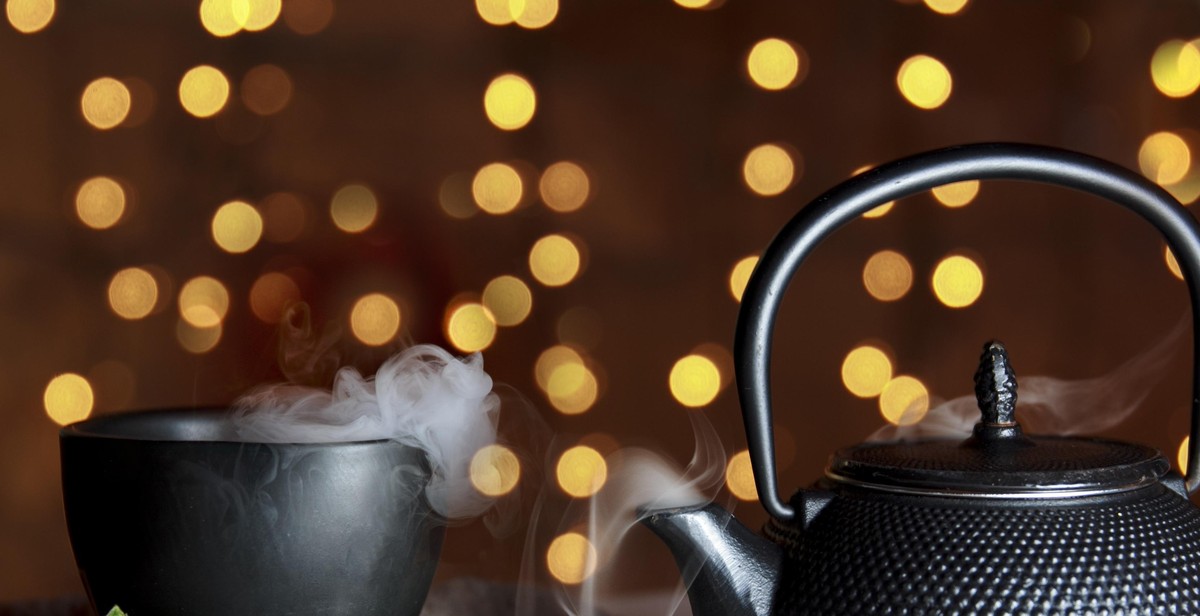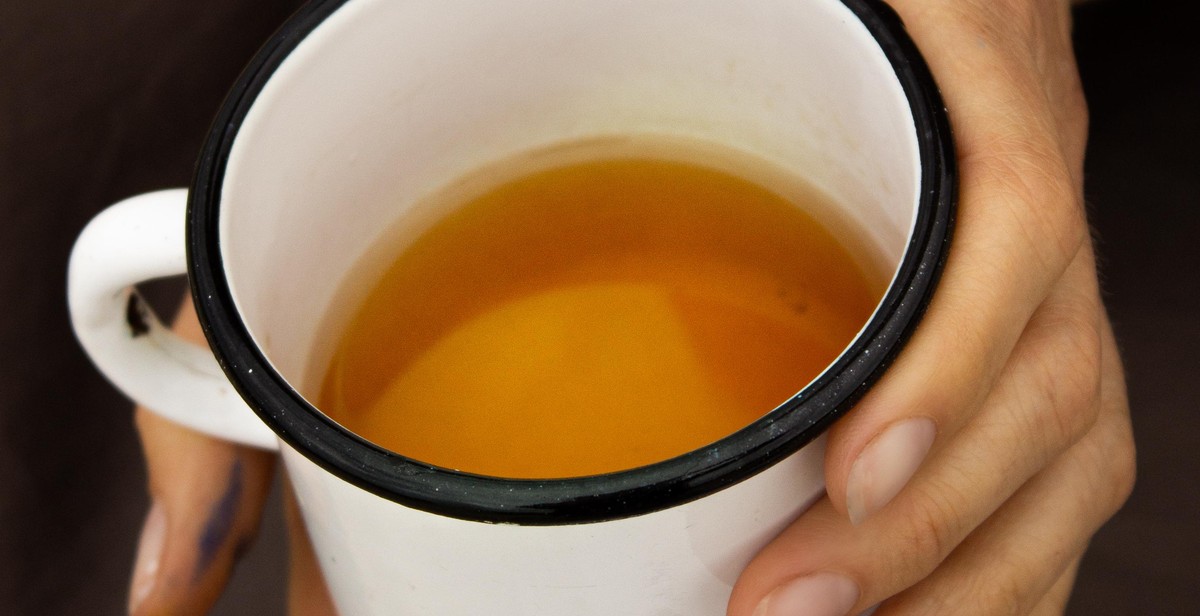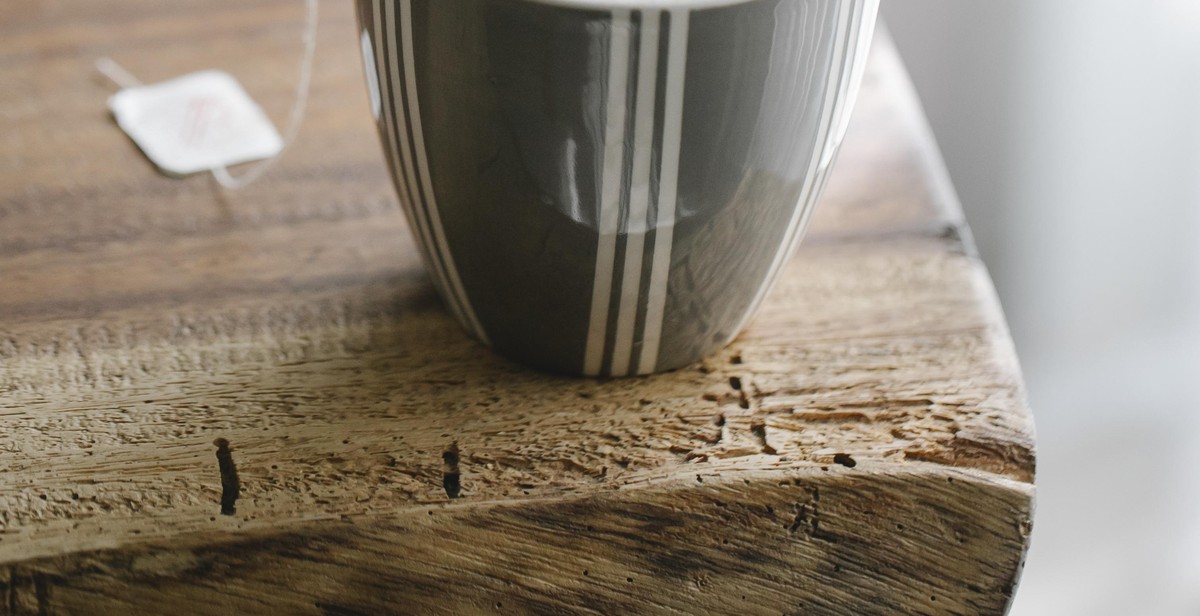Introduction
Black tea is a type of tea that is more oxidized than green, white, and oolong teas. It is known for its bold and robust flavor, making it a popular choice for tea lovers around the world. Black tea is also versatile and can be enjoyed hot or cold, plain or with milk and sugar.
In this article, we will explore the different types of black tea and how to appreciate and identify them. We will cover the various regions where black tea is produced, the different processing methods, and the flavor profiles of each type.
Why is it important to appreciate and identify different types of black tea?
Appreciating and identifying different types of black tea can enhance your tea-drinking experience. Knowing the origin and processing method of a particular black tea can give you a better understanding of its flavor profile and help you choose the right tea for your taste preferences. It can also help you appreciate the unique characteristics of each type of black tea and the cultural significance behind it.
Moreover, identifying different types of black tea is important for tea connoisseurs and professionals who want to expand their knowledge and expertise in the tea industry. It can also help in tea blending and tea pairing, allowing you to create unique and flavorful tea blends or pairings that complement each other.
Now, let’s dive into the world of black tea and discover the different types and how to appreciate and identify them.

What is Black Tea?
Black tea is a type of tea that is more oxidized than green, oolong, and white teas. It is made from the leaves of the Camellia sinensis plant and is one of the most popular types of tea in the world. Black tea is known for its bold and robust flavor, which can range from malty and earthy to fruity and floral.
The Origin of Black Tea
Black tea has a long and fascinating history that dates back to ancient China. Legend has it that the first cup of black tea was accidentally discovered by a Chinese emperor named Shen Nung in 2737 BC. According to the story, while sitting under a tree, a gust of wind blew some tea leaves into the emperor’s cup of hot water, creating the first cup of tea.
Black tea was first introduced to the Western world in the 17th century by the Dutch East India Company. It quickly became a popular commodity, and the British began to cultivate it in their colonies in India and Sri Lanka (formerly Ceylon).
The Process of Making Black Tea
The process of making black tea involves several steps, including withering, rolling, oxidizing, and drying. The leaves are first withered, which involves spreading them out to dry for several hours. This helps to reduce the moisture content of the leaves and make them more pliable.
Next, the leaves are rolled to break the cell walls and release the natural oils and enzymes. This process is known as bruising and helps to initiate the oxidation process.
After the leaves are rolled, they are left to oxidize for several hours. During this time, the natural enzymes in the leaves react with the oxygen in the air, turning the leaves from green to brown and creating the distinct flavor and aroma of black tea.
Finally, the leaves are dried to stop the oxidation process and remove any remaining moisture. This can be done by either air-drying or using a heat source, such as an oven or a dryer.
Overall, the process of making black tea requires skill and expertise to achieve the perfect balance of flavor, aroma, and color. Different regions and tea estates have their unique methods of producing black tea, resulting in a wide variety of flavors and aromas.

Different Types of Black Tea
Black tea is one of the most popular types of tea in the world and is known for its robust flavor and rich aroma. There are many different types of black tea available, each with its own unique characteristics and taste profile. Here are some of the most popular types of black tea:
Darjeeling
Darjeeling tea is grown in the Darjeeling district of West Bengal, India and is known for its light and floral flavor. It is often referred to as the “champagne of teas” due to its delicate taste and high price point. Darjeeling tea is usually harvested in the spring and has a light golden color when brewed.
Assam
Assam tea is grown in the Assam region of India and is known for its strong and malty flavor. It is often used in blends for English Breakfast tea and is a popular choice for those who prefer a stronger cup of tea. Assam tea is usually harvested in the summer and has a dark amber color when brewed.
Earl Grey
Earl Grey tea is a black tea flavored with oil from the bergamot orange. It is named after Charles Grey, the 2nd Earl Grey and former Prime Minister of the United Kingdom. Earl Grey tea has a distinctive citrus flavor and is often served with a slice of lemon. It is a popular choice for afternoon tea.
English Breakfast
English Breakfast tea is a blend of several black teas, usually including Assam, Ceylon, and Kenyan teas. It is a full-bodied tea with a strong and robust flavor and is often served with milk and sugar. English Breakfast tea is a popular choice for breakfast and is known for its high caffeine content.
Ceylon
Ceylon tea is grown in Sri Lanka and is known for its bright and citrusy flavor. It is a popular choice for iced tea and is often used in blends for Earl Grey tea. Ceylon tea is usually harvested year-round and has a light amber color when brewed.
| Tea | Origin | Flavor Profile |
|---|---|---|
| Darjeeling | West Bengal, India | Light and floral |
| Assam | Assam region, India | Strong and malty |
| Earl Grey | Blended | Citrusy |
| English Breakfast | Blended | Robust and full-bodied |
| Ceylon | Sri Lanka | Bright and citrusy |

How to Appreciate Black Tea
Black tea is a popular beverage that is enjoyed by many people around the world. To fully appreciate the flavor and aroma of black tea, it is important to know how to prepare and taste it properly. Here are some tips on how to appreciate black tea:
Preparing Black Tea
Preparing black tea involves several steps that can affect the taste and flavor of the tea. Here are some tips on how to prepare black tea:
- Choose high-quality black tea leaves: The quality of the tea leaves can greatly affect the taste of the tea. Choose high-quality black tea leaves that are fresh and have a strong aroma.
- Boil fresh water: Use fresh, cold water and boil it to the appropriate temperature for the type of black tea you are using. Different types of black tea require different water temperatures.
- Brew the tea: Steep the tea leaves in hot water for the recommended amount of time. Over-brewing can result in a bitter taste, while under-brewing can result in a weak flavor.
- Strain the tea: Remove the tea leaves from the water using a strainer or tea infuser.
- Serve the tea: Pour the tea into a cup and enjoy it hot or cold, with or without milk and sugar.
Tasting Black Tea
Tasting black tea is an art that requires patience and attention to detail. Here are some tips on how to taste black tea:
- Observe the appearance: Look at the color and clarity of the tea. High-quality black tea should have a clear, deep color.
- Smell the aroma: Take a deep breath and inhale the aroma of the tea. The aroma should be strong and pleasant.
- Sip the tea: Take a small sip and let it sit on your tongue for a few seconds. Notice the flavor and texture of the tea.
- Swirl the tea: Swirl the tea around in your mouth to fully taste the flavor and aroma.
- Notice the aftertaste: Pay attention to the aftertaste of the tea. High-quality black tea should have a pleasant, lingering aftertaste.
By following these tips, you can fully appreciate the flavor and aroma of black tea. Whether you prefer your tea hot or cold, with milk or without, black tea is a delicious and refreshing beverage that can be enjoyed any time of day.

Identifying High-Quality Black Tea
Black tea is known for its bold flavor and strong aroma. However, not all black teas are created equal. Identifying high-quality black tea requires an understanding of its appearance, aroma, flavor, and aftertaste.
Appearance
The appearance of black tea can vary depending on the region where it was grown and the processing method used. High-quality black tea leaves should be whole, unbroken, and uniform in size. The leaves should also have a deep, rich color and a glossy sheen.
Aroma
The aroma of black tea can be a good indicator of its quality. High-quality black tea should have a strong, fragrant aroma that is complex and enticing. The aroma should be fresh and not stale or musty.
Flavor
The flavor of black tea is complex and can vary depending on the region where it was grown, the processing method used, and the brewing technique. High-quality black tea should have a bold, rich flavor that is smooth and not bitter. The flavor should also be well-balanced, with no single element overpowering the others.
Aftertaste
The aftertaste of black tea is the lingering flavor that remains in the mouth after the tea has been consumed. High-quality black tea should have a pleasant aftertaste that is not bitter or astringent. The aftertaste should be smooth and have a subtle sweetness.
Overall, identifying high-quality black tea requires attention to detail and an understanding of the factors that contribute to its appearance, aroma, flavor, and aftertaste. By taking the time to appreciate these elements, you can develop a deeper appreciation for the variety and complexity of black tea.
